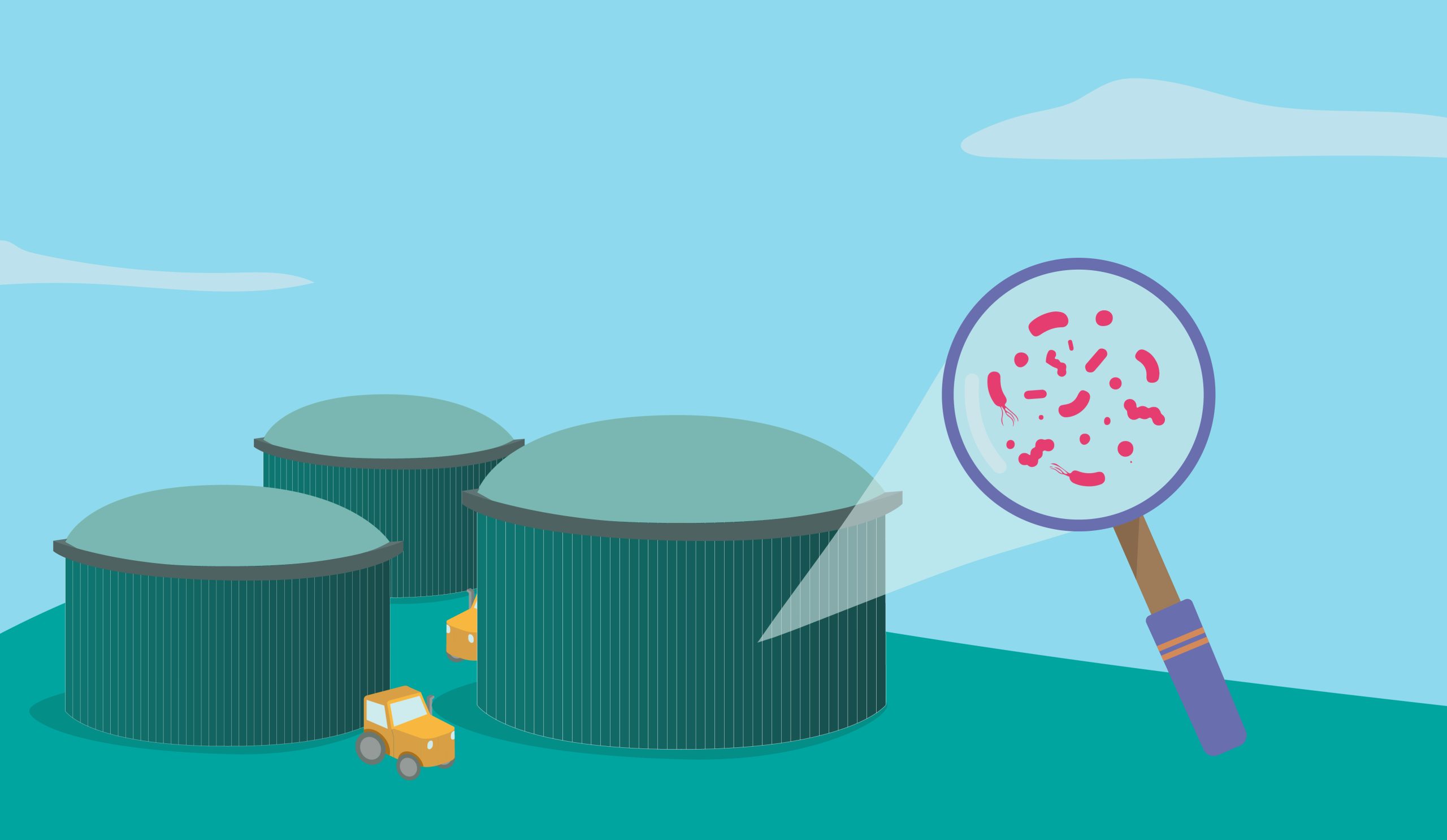Our planet is in crisis. We have already caused much irreversible damage due to climate change and, to borrow the words of one climate scientist from the UN’s expert panel, “there is no room for doubt any longer” [1]. Alongside the pressing issue of climate change, we are facing an unprecedented energy crisis in Europe.
For all these reasons, the energy transition is urgent. We need renewable power sources that help us alleviate energy shortages and do not rely on fossil fuels.The best, of course, are solar and wind, which are not only renewable, but also emissions-free. However, in the quest to accelerate the energy transition, other complementary and less intermittent energy sources are necessary too.
In this regard, as many others, synthetic biology can be a great ally. One of the most promising renewable fuels so far is biogas, whose production can be optimised using tailored communities of bacteria and archaea. But there are other innovative synbio projects underway that open up a range of enticing possibilities, such as the development of artificial chloroplasts as a possible source of energy, or microbial electrosynthesis.
The role of synthetic biology in biofuels
Biofuel production, such as bioethanol, biodiesel or biohydrogen, represent a good option to complement clean energies. Biofuels are made from organic matter which is renewable, but crucially they also allow for waste treatment and valorisation. Biogas, for instance, can be produced by bacteria and archaea from multiple sources such as sewage sludge, food waste or farming waste.
The main problem with the use of biofuels is that they need to be economically efficient, which is not always the case currently. The treatment processes of some of the main feedstocks such as lignocellulosic and the price of enzymes are too expensive [3]. Therefore, achieving super-efficient strains is the ultimate goal in biofuel production.
To achieve this, energy-conscious biologists have a number of tricks up their sleeves, including model construction, data mining, the sequence design of synthetic promoters, terminators, enzymes, the metabolic design of pathways and the process design of cell production and fermentation [4]. Metabolic and genetic engineering are perhaps the key approaches to creating highly efficient microbial communities, but achieving them is laborious, and applying them in practice may be subject to strict regulation in many countries.
Artificial chloroplasts and microbial electrosynthesis
There are other ways of putting biological building blocks to work on the energy transition. Last year, a study published in Science used microfluidics to develop a chloroplast mimic able to fixate CO2 [5]. The study proved that the droplets placed in the microfluidic device could be energized by light to power enzymes. Such initiatives are interesting and, according to the authors, have the potential to outcompete natural photosynthesis as they could lead to higher than natural CO2 conversion, eliminating photorespiration for example. However, for the time being, these exciting projects are limited to the laboratory scale, and we have to wonder whether they can help us fight climate change within the relevant timescale.
There are also other proposals such as the conversion of CO2 into various carbon compounds, including renewable biofuels and bioplastics, by microbial electrosynthesis (MES). This process takes place through extracellular electron uptake from electrodes interaction with biocatalysts. Again, on a small scale the process seems feasible but the lack of efficiency remains the biggest shortcoming. To try to solve this, synthetic biology is in charge of finding the best biocatalyst and at the same time to improve it through engineering in order to optimise its performance to the maximum [6].
The future offers great possibilities but we need action now
Excited as we are by synbio’s potential in our plight, we must not fall into the persuasive trap of so-called techno-optimism [2]. It’s easy to get carried away by each scientific breakthrough or discovery, but policy decisions must take into account the time and investment that is required to turn proof of concept into climate solutions.
We need collaboration at all levels, starting with the institutional level, policymakers laying the foundations and removing obstacles, securing funding, along with social commitment and of course research. For now, we will allow ourselves some optimism over the recent developments in biofuel production—here at least there is ongoing technological transfer. But we will also be keeping an eye on the field, to see what other useful solutions emerge from the synbio sandbox!
References
- Gramling, C. (2021, August 9). The new UN climate change report shows there’s no time for denial or delay [web log]. Retrieved from https://www.sciencenews.org/article/climate-change-un-ipcc-report-humans
- Königs, P. What is Techno-Optimism?. Philos. Technol. 35, 63 (2022).https://link.springer.com/article/10.1007/s13347-022-00555-x
- Adegboye, M. F., Ojuederie, O. B., Talia, P. M., & Babalola, O. O. (2021). Bioprospecting of microbial strains for biofuel production: Metabolic Engineering, applications, and challenges. Biotechnology for Biofuels, 14(1). https://biotechnologyforbiofuels.biomedcentral.com/articles/10.1186/s13068-020-01853-2
- Liu, Z., Wang, J., & Nielsen, J. (2022). Yeast synthetic biology advances biofuel production. Current Opinion in Microbiology, 65, 33–39. https://www.sciencedirect.com/science/article/pii/S1369527421001466?via%3Dihub
- Miller, T. E., Beneyton, T., Schwander, T., Diehl, C., Girault, M., McLean, R., … Erb, T. J. (2020). Light-powered CO2 fixation in a chloroplast mimic with natural and synthetic parts. Science, 368(6491), 649–654. https://www.science.org/doi/10.1126/science.aaz6802?rss%3D1=
- Wilde, N. (2022). Retrieved from https://www.openaccessgovernment.org/synthetic-biology-and-microbial-electrosynthesis/148020/
